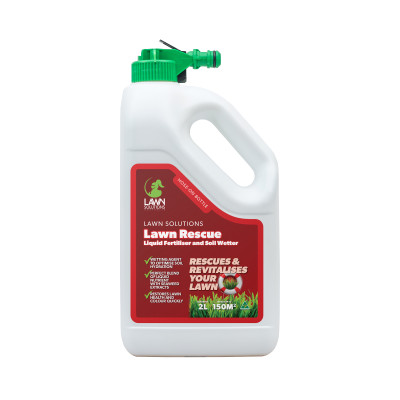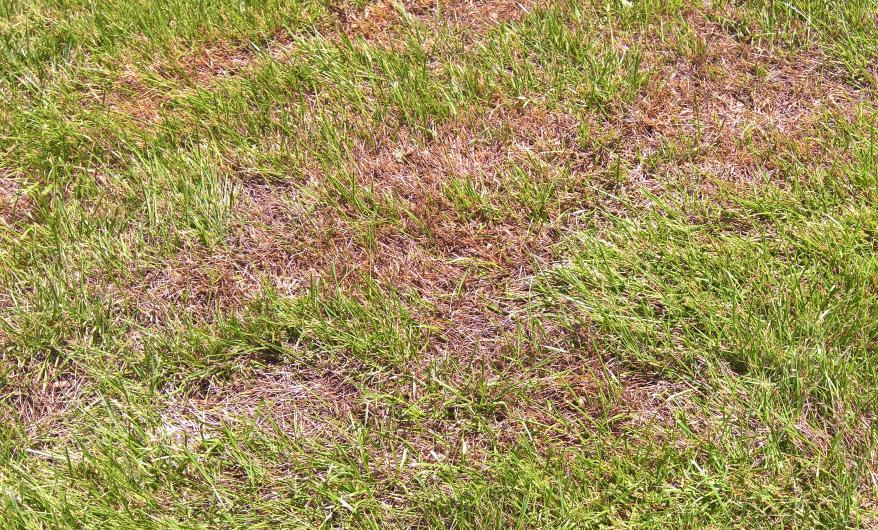
Compacted areas of your lawn
Compaction:
Compaction is one of the most common, yet overlooked lawn problems. Compaction is caused by excess wear and tear on your lawn causing the soil underneath to go hard. Compaction reduces the amount of air, water and nutrients that your grass can get and limits the lawns ability to put roots deep into the soil. Compaction will generally cause bare patches in your grass, or your grass will thin out and lose its green colour.
Fortunately, compaction is pretty easy to overcome and there are a few easy, cheap and effective methods to alleviate a compacted lawn.
Aeration & Top Dressing:
Aeration is the most effective method of alleviating compaction. Aeration involves poking holes into the soil to allow air and water to penetrate. For small lawns, you can aerate with a standard garden fork or aeration sandals. For larger areas, it is best to hire a full size aerator or corer.
Aeration is something every lawn owner should look to do every spring whilst your lawn is actively growing. An application of a fertiliser should also follow an aeration during spring to give your lawn a kick start before the season.
Top Dressing involves evenly spreading sand soil over the top of the lawn and watering it in. As compaction mainly occurs on clay based soil, top dressing with a sand soil can assist with drainage and water penetration. Just be sure when top dressing to always use a sand based product, and to never cover the full leaf with soil so it can still receive sunlight. You should always irrigate your lawn deeply after applying top dressing to wash the soil down into the thatch layer of the lawn.
Further to the above, gypsum clay breaker is another method of alleviating compaction in clay based soils. Gypsum is ideally applied before installing a lawn by mixing it into the soil base, but can also be applied post-installation. To do this, simply spread the gypsum on top of the lawn in the form of a top dressing. The same rules as top dressing apply, never cover the full leaf and always irrigate after application.
For more information check out our blog!

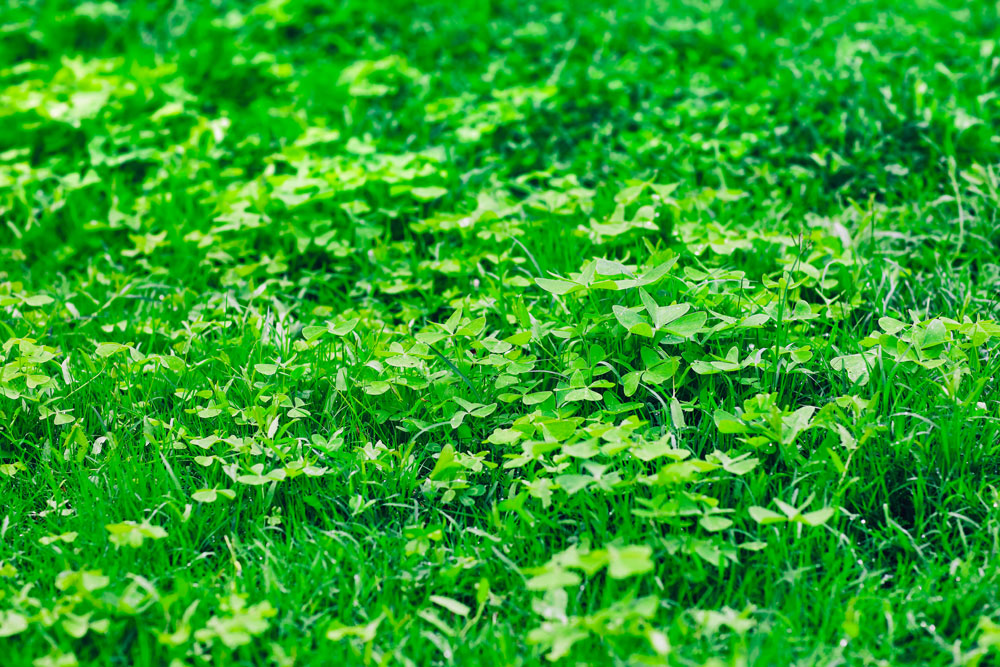
Weed Infestation
How do the weeds get there?:
Weeds are generally the most common issue with lawns in Australia. They come in all different shapes and sizes and some are easier to remove then others. There is two main types of weeds that appear in lawns. Broadleaf weeds are the most common type that will shoot up through grass. The most common broadleaf weeds are clover, oxalis, bindii, dandelion and thistles. Annual weeds are the other common types and generally appear in a grass or turf like form. They are seasonally based, so will only appear at certain times of the year when conditions suit.The most common type of annual weeds are winter grass, summer grass, crab grass and nut grass. There can be a number of reasons why weeds germinate in your lawn. Weed seed can be transported via mowers, birds or people or can be already present in your soil and germinate after water.
How to get rid of them:
Broadleaf weeds are the most common but are also the easiest to remove. An application of a broadleaf herbicide such as Lawn Solutions All Purpose Weed Control will remove these pretty easily. The best time to treat broadleaf weeds is always during the cooler months when your lawn is not actively growing as some herbicides can slow the growth of the grass down. In cases of heavy infestation, you may need to do 2 applications 7-10 days apart. Annual weeds are a bit trickier to remove as they generally have deeper root systems and finer leaves so the chemical doesn’t stick to them as well. If you don’t have a bad infestation, it is best to pull these out by hand. If the problem is wide spread then a pre-emergent herbicide is the most effective method. This will stop new weeds from germinating. OxaFert is a pre-emergent herbicide + fertiliser that will be effective at keeping these weeds out, whilst fertilising your lawn. Another alternative is to use a post-emergent herbicide that is designated for that particular weed. If you wish to do this, it is always best to contact your local LSA member first before doing this.
For more information, please check out our blog!
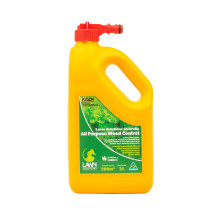

Shade
What causes shade:
For lawns, shade is mostly an issue when the wrong variety is selected. Common couch’s and kikuyu’s are not shade tolerant turf varieties and will struggle in any area that isn’t full sun. The main issue is tree’s that have grown overtime and weren’t an issue when the lawn was laid. Also, shade from neighbouring houses and fences that may have been constructed over time also cause issues. The issue of shade is worsened when combined with high traffic or poor water quality. Shade affected lawns become very thin and patchy, and will not grow as quickly as other parts of the lawn that are in full sun.
How to fix this:
The best method for countering shade is to install a shade tolerant turf variety such as Sir Walter DNA Certified or Sir Grange. These can handle as little as 2-3 hours of direct sunlight per day, and will stay thick and lush in shaded environments. Otherwise for trees it is best to prune leaves and branches to allow as much direct sunlight through as possible. Direct sunlight is much better for lawns then filtered sunlight is. Heavily shaded lawn areas will generally need more love including more fertiliser, water and aeration to stay fit and healthy.
For more information, please check out our blog!
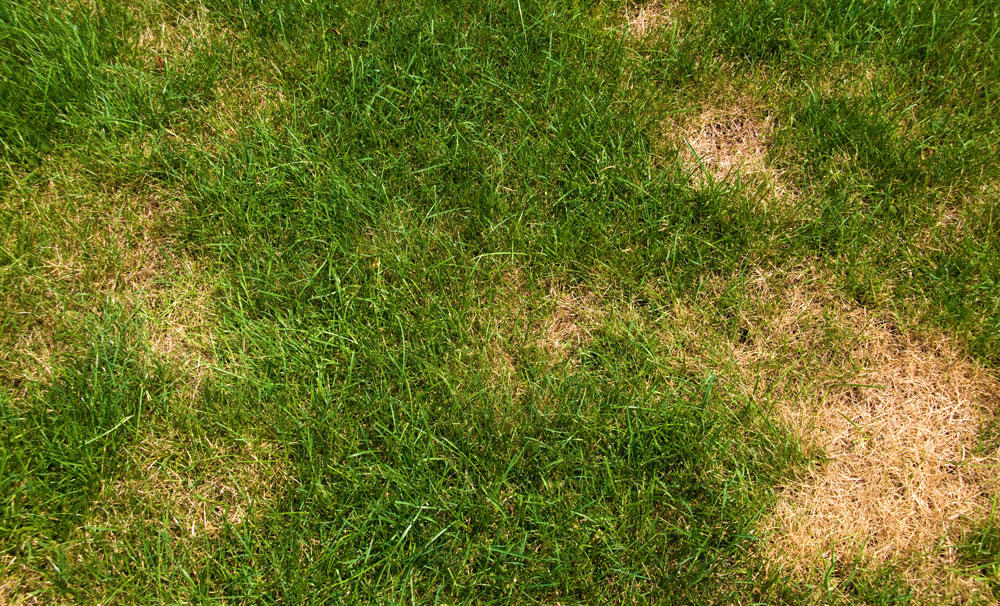
Disease
What causes Lawn Disease?:
There are various diseases that can affect your lawn, but the good news is that a suitable lawn variety that is maintained correctly will greatly reduce the chance of your lawn getting affected by disease.
Disease in lawns generally appear during the warmer months and are usually caused by warm, humid conditions that happen after a rainfall event. Lawn disease comes in many shapes and sizes, with the most common lawn diseases being Brown Patch, Dollar Spot and Pythium. Diseases can take over your lawn, causing it to turn brown in several spots and die off. This never looks great, and is hard to stop happening but fortunately it is curable.
How to treat Lawn Disease:
Prevention is much easier then trying to treat the disease once it appears. As diseases thrive in damp, humid conditions, it is important not to create this environment. If the weather is humid, avoid watering at night or during the early evening. Also, make sure you have adequate drainage in place so the turf isn’t staying wet for long periods of time. If you are to late, and you already have a disease there are effective fungicides available to treat the relative disease. Please get in touch with your local Lawn Solutions Australia member for the best advice on this.
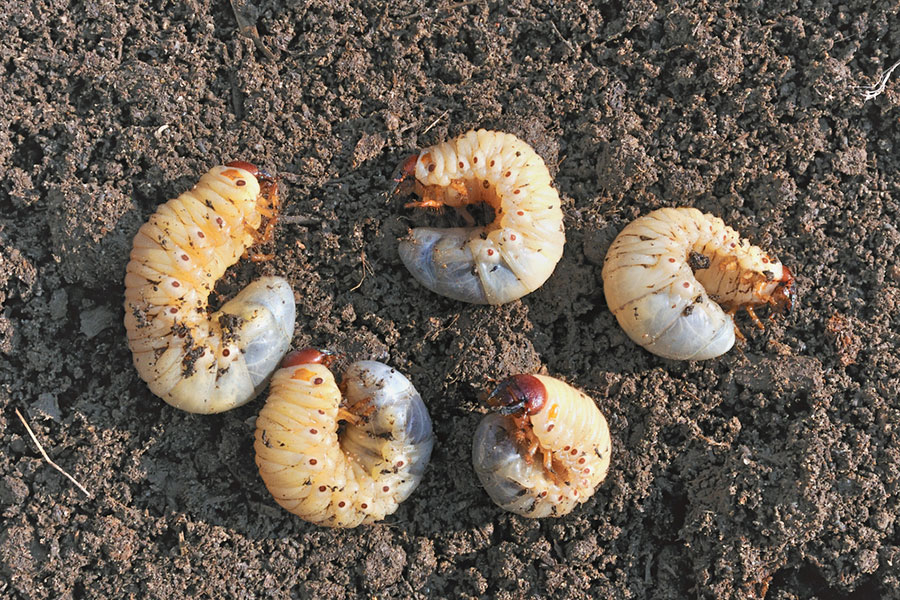
Lawn Grubs
What are Lawn Grubs?:
Lawn Grubs are pests that feed on either the root or leaf of your lawn, causing significant damage along the way. They come in many different shapes and sizes but mainly in the form of a beetle or a worm.
Some lawn varieties are more susceptible to grub attack then others in particular cool season varieties such as Fescue will generally be more prone to lawn grub attack then there warm season counterparts like buffalo, couch and kikuyu. The most common time of year for grub attack in lawns is between January and April and there are few things to look out for in your lawn to tell if you have a grub problem. If you are experiencing increased bird activity, increased moth activity at night or are starting to see brown/dead patches starting to appear in your lawn you could be at the beginning of a lawn grub attack.
How to Remove Lawn Grubs:
If you have lawn grubs, or even if you think you might it is best to try to eradicate them immediately as they can damage your lawn quickly. The most effective method is to apply a suitable insecticide to the entire lawn area as soon as you can. Remember to always follow the labels instructions and ensure all safety precautions are taken when applying.
If you have grubs that are feeding on the leaf or surface of the lawn, an application of an insecticide in the early evening gives best results when combined with a light watering. For the root eating grubs that are underneath the surface, the insecticide needs to be watered through the lawn to the thatch layer to make contact with the grubs.
For more information, please contact your local Lawn Solutions Australia member.

